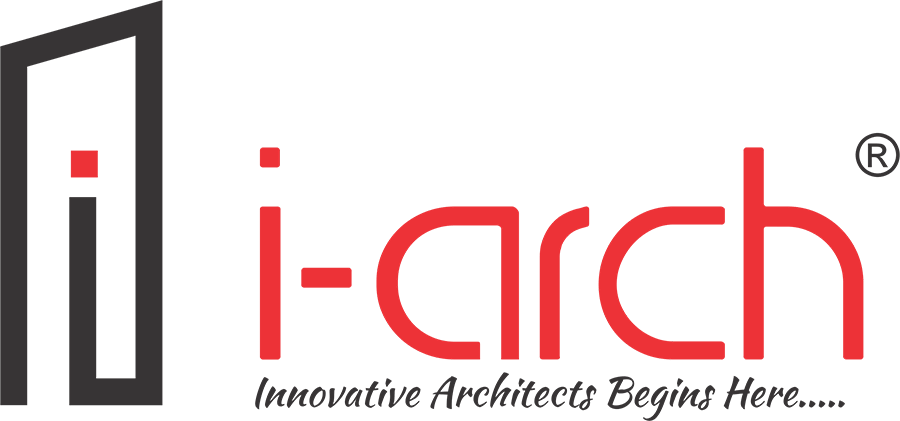TOP 10 NATA COACHING CENTRES IN CHENNAI
Top 10 Nata Coaching Centres in Chennai
THE NATA TEST CONSISTS OF TWO PARTS
| Subject | Questions | Marks | Mode of Exam | |
Mathematics & General Aptitude (Part-A) | Mathematics | 20 | 40 | MCQ (OMR based) |
General Aptitude | 40 | 80 | MCQ (OMR based) | |
| Drawing test (Part-B) | 02 | 80 | Paper and Pencil | |
MATHEMATICS
Algebra: Definitions of A. P. and G.P.; General term; Summation of first n-terms of series Σn, Σn²,Σn3 ; Arithmetic/Geometric series, A.M., G.M. and their relation; Infinite G.P. series and its sum.
Logarithms: Definition; General properties; Change of base.
Matrices: Concepts of m x n (m ≤ 3, n ≤ 3) real matrices, operations of addition, scalar multiplication and multiplication of matrices. Transpose of a matrix. Determinant of a square matrix. Properties of determinants (statement only). Minor, cofactor and adjoint of a matrix. Nonsingular matrix. Inverse of a matrix. Finding area of a triangle. Solutions of system of linear equations. (Not more than 3 variables).
Trigonometry: Trigonometric functions, addition and subtraction formulae, formulae involving multiple and submultiple angles, general solution of trigonometric equations. Properties of triangles, inverse trigonometric functions and their properties.
Coordinate geometry: Distance formula, section formula, area of a triangle, condition of collinearity of three points in a plane. Polar coordinates, transformation from Cartesian to polar coordinates and vice versa. Parallel transformation of axes, concept of locus, elementary locus problems. Slope of a line. Equation of lines in different forms, angle between two lines. Condition of perpendicularity and parallelism of two lines. Distance of a point from a line. Distance between two parallel lines. Lines through the point of intersection of two lines. Equation of a circle with a given center and radius. Condition that a general equation of second degree in x, y may represent a circle. Equation of a circle in terms of endpoints of a diameter . Equation of tangent, normal and chord. Parametric equation of a circle. Intersection of a line with a circle. Equation of common chord of two intersecting circles.
3-Dimensional Co-ordinate geometry: Direction cosines and direction ratios, distance between two points and section formula, equation of a straight line, equation of a plane, distance of a point from a plane.
Theory of Calculus: Functions, composition of two functions and inverse of a function, limit, continuity, derivative, chain rule, derivative of implicit functions and functions defined parametrically. Integration as a reverse process of differentiation, indefinite integral of standard functions. Integration by parts. Integration by substitution and partial fraction. Definite integral as a limit of a sum with equal subdivisions. Fundamental theorem of integral calculus and its applications. Properties of definite integrals. Formation of ordinary differential equations, solution of homogeneous differential equations, separation of variables method, linear first order differential equations.
Application of Calculus: Tangents and normals, conditions of tangency. Determination of monotonicity, maxima and minima. Differential coefficient as a measure of rate. Motion in a straight line with constant acceleration. Geometric interpretation of definite integral as area, calculation of area bounded by elementary curves and Straight lines. Area of the region included between two elementary curves.
Permutation and combination: Permutation of n different things taken r at a time (r ≤ n). Permutation of n things not all different. Permutation with repetitions (circular permutation excluded). Combinations of n different things taken r at a time (r ≤ n). Combination of n things not all different. Basic properties. Problems involving both permutations and combinations.
Statistics and Probability: Measure of dispersion, mean, variance and standard deviation, frequency distribution. Addition and multiplication rules of probability, conditional probability and Bayes’ Theorem, independence of events, repeated independent trails and Binomial distribution.
GENERAL APTITUDE
Objects, texture related to architecture and built environment. Interpretation of pictorial compositions, Visualizing three-dimensional objects from two-dimensional drawing. Visualizing different sides of 3D objects. Analytical reasoning, mental ability (visual, numerical and verbal), General awareness of national/ international architects and famous architectural creations.
Mathematical reasoning: Statements, logical operations like and, or, if and only if, implies, implied by. Understanding of tautology, converse, contradiction and contrapositive.
Sets and Relations: Idea of sets, subsets, power set, complement, union, intersection and difference of sets, Venn diagram, De Morgan’s Laws, Relation and its properties. Equivalence relation — definition and elementary examples.
DRAWING TEST
Understanding of scale and proportion of objects, geometric composition, shape, building forms and elements, aesthetics, colour texture, harmony and contrast. Conceptualization and Visualization through structuring objects in memory. Drawing of patterns – both geometrical and abstract. Form transformations in 2D and 3D like union, subtraction, rotation, surfaces and volumes. Generating plan, elevation and 3D views of objects. Creating 2D and 3D compositions using given shape and forms. Perspective drawing, Sketching of urbanscape and landscape, Common day-to-day life objects like furniture, equipment etc., from memory.

